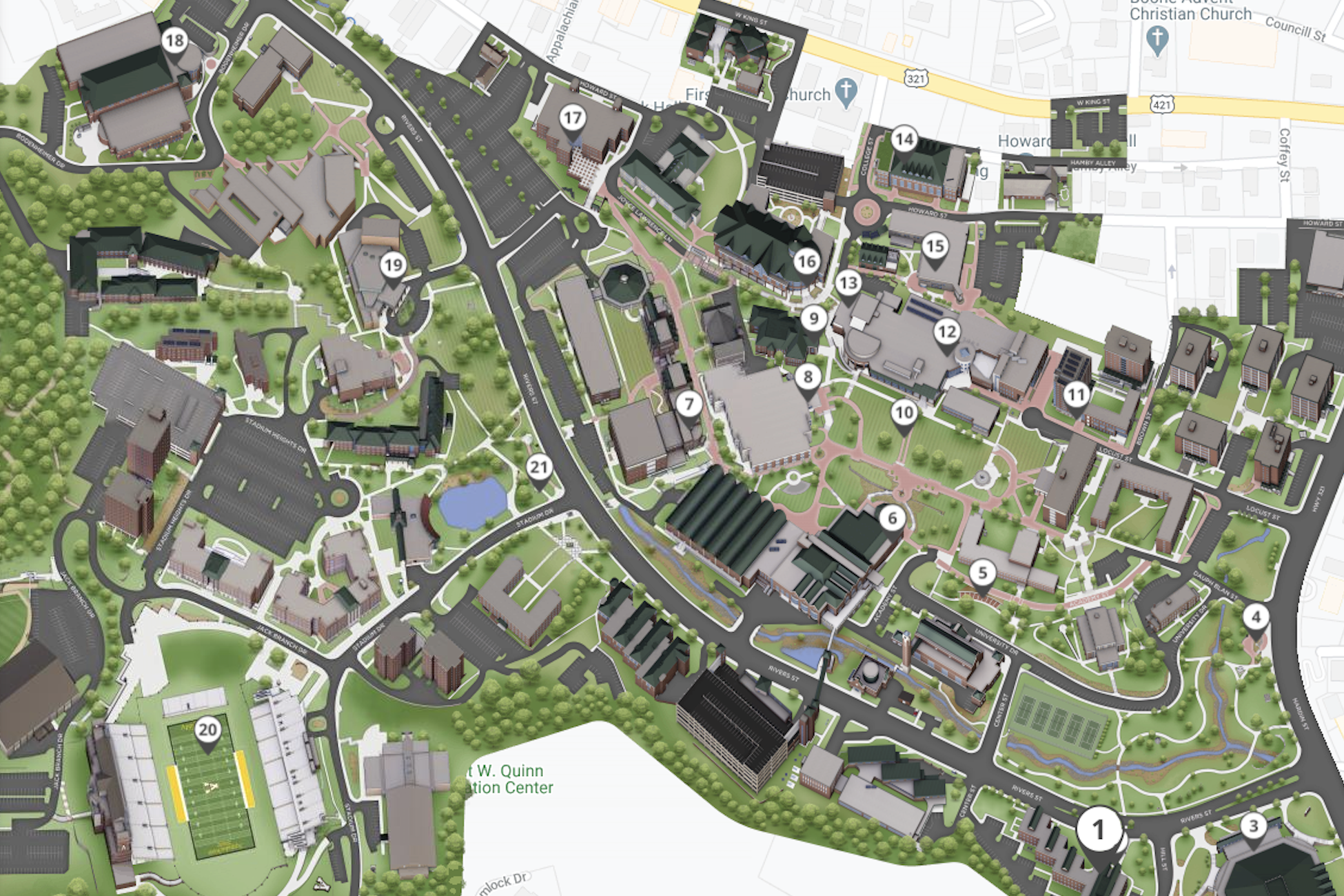1. Introduction
Cults have long intrigued and alarmed society, often eliciting curiosity about their beliefs, practices, and impacts on individuals and communities. Among the many groups that have emerged in recent decades, The Human Gathering Cult has captured attention for its unique ideologies and practices. This article aims to delve deep into the origins, beliefs, organizational structure, public perception, and future of The Human Gathering Cult. By providing an in-depth analysis, we hope to clarify what this group represents and how it fits into the broader landscape of spiritual movements today.
Understanding The Human Gathering Cult is not merely an academic exercise; it has real-world implications. The rise of such groups often reflects underlying societal tensions and the search for meaning in an increasingly complex world. The cult’s growing influence raises questions about freedom of belief, manipulation, and the quest for identity among its followers. This article will explore these dynamics in detail, providing insights that can inform discussions about spiritual practices, community building, and individual autonomy. As we unravel the layers surrounding The Human Gathering Cult, we invite readers to consider their own perceptions of what constitutes a cult and the factors that contribute to a group’s appeal.
2. Origins and History
2.1 Early Foundations and Origins
The origins of The Human Gathering Cult can be traced back to a confluence of social and spiritual movements that emerged in the late 20th and early 21st centuries. During this period, a growing disillusionment with mainstream religions prompted individuals to seek alternative spiritual paths. This quest for meaning in a rapidly changing world laid the groundwork for the formation of The Human Gathering Cult. Initially, it began as a small circle of like-minded individuals who gathered to discuss philosophies that questioned societal norms, aiming to create a more inclusive and holistic understanding of existence.
Over time, these gatherings evolved into structured meetings that emphasized collective experiences, meditation, and shared goals. The cult’s founders sought to create a safe space for people to express their vulnerabilities and spiritual aspirations. Drawing from various philosophical traditions, including New Age spirituality, Eastern philosophies, and even elements of ancient tribal rituals, the group developed a unique tapestry of beliefs that resonated with many searching for deeper connections. This blend of old and new ideas attracted a diverse membership, contributing to its growth and appeal.
2.2 Key Figures Behind the Movement
At the heart of The Human Gathering Cult’s formation were key figures whose charismatic leadership played a crucial role in shaping its identity. The primary founder, often referred to as “The Guide,” emerged as a compelling speaker with a vision for a community built on trust, authenticity, and shared values. Drawing from personal experiences of struggle and enlightenment, The Guide articulated a philosophy that emphasized personal empowerment and collective responsibility.
Other influential figures within the cult played pivotal roles in spreading its message and attracting new members. These individuals often served as mentors, guiding newcomers through the initiation process and providing emotional support. Their stories of transformation and healing resonated deeply with those who felt alienated from conventional society. This leadership dynamic fostered a sense of belonging and loyalty among members, reinforcing the idea that together, they could achieve a higher state of consciousness.
2.3 Timeline of Growth and Expansion
The journey of The Human Gathering Cult from a small group to a recognized movement has been marked by significant milestones. In the early years, the group operated primarily in private spaces, relying on word-of-mouth to attract new members. However, as interest grew, they began hosting larger public gatherings, workshops, and retreats, further expanding their reach. The rise of social media platforms provided an avenue for the cult to share its teachings, attract a global audience, and create online communities that fostered connection among members.
Notably, the cult’s growth coincided with societal shifts, such as increased interest in mindfulness, mental health awareness, and alternative healing practices. By positioning itself at the intersection of these trends, The Human Gathering Cult capitalized on a cultural moment that sought to redefine spirituality outside traditional frameworks. This evolution has been characterized by adaptability, with the cult continually refining its message to resonate with contemporary audiences. As a result, The Human Gathering Cult has become not just a spiritual movement but a cultural phenomenon, raising important questions about the nature of belief and community in today’s world.
3. Beliefs, Practices, and Ideologies
3.1 Core Philosophies and Teachings
The core philosophy of The Human Gathering Cult revolves around the belief that every individual possesses an inherent spark of divinity that connects them to a larger universal consciousness. This belief is rooted in a combination of Eastern philosophies, particularly concepts from Buddhism and Hinduism, alongside Western esoteric traditions. Members are encouraged to explore their unique spiritual paths while recognizing their interconnectedness with others. This holistic approach promotes inclusivity and acceptance, challenging dogmatic beliefs that often divide communities.
At its heart, the cult teaches that personal growth and collective transformation are intrinsically linked. Through practices like meditation, group discussions, and creative expression, members engage in a continuous journey of self-discovery. The idea is that by fostering personal enlightenment, individuals can contribute to the greater good of the community and the world at large. This philosophy not only empowers members but also cultivates a sense of shared responsibility, emphasizing that spiritual awakening is a communal endeavor.
3.2 Rituals and Practices
Rituals within The Human Gathering Cult serve as integral components of the community’s spiritual expression. Gatherings often feature a blend of meditation, storytelling, and creative activities designed to foster connection and self-exploration. Members participate in guided meditations that aim to deepen their understanding of the self and promote emotional healing. These practices create a supportive environment where individuals can share their experiences and insights, further strengthening communal bonds.
In addition to regular meetings, the cult organizes seasonal retreats and workshops that offer immersive experiences. These events often include nature-based activities, reflective journaling, and collaborative art projects, allowing members to express their spirituality in diverse ways. Symbolism plays a significant role in these rituals, with elements drawn from various traditions incorporated to enhance the experience. For instance, the use of candles, crystals, and sacred music is common, creating an atmosphere conducive to introspection and connection.
3.3 Recruitment and Initiation Process
The recruitment process of The Human Gathering Cult is characterized by an open and welcoming approach, aimed at attracting individuals seeking community and spiritual growth. New members often find their way through personal recommendations, social media outreach, or participation in public events. Unlike many traditional religions, there are no rigid doctrines or strict entry requirements; instead, potential members are encouraged to engage in informal gatherings and explore the teachings at their own pace.
Once someone expresses a desire to join, they typically undergo an initiation process designed to deepen their commitment and understanding. This process includes one-on-one mentorship with experienced members who guide newcomers through the teachings and rituals of the cult. Initiation ceremonies are personalized and may vary depending on individual preferences, emphasizing the importance of personal choice and autonomy. This flexible approach not only fosters a sense of belonging but also encourages active participation and investment in the community’s values.
4. Leadership, Organization, and Structure
4.1 Hierarchical Structure
The organizational structure of The Human Gathering Cult is relatively flat, promoting a sense of equality among members. While there are designated leaders, such as The Guide and senior mentors, the emphasis is on collaboration and shared decision-making. This structure aims to counteract hierarchical dynamics often seen in traditional religious organizations, fostering an atmosphere of openness and mutual respect. Leadership roles are seen as facilitators rather than authoritative figures, allowing for diverse perspectives to be heard and valued.
Members are encouraged to take on various responsibilities within the group, whether through organizing events, leading discussions, or contributing to creative projects. This participatory approach not only empowers individuals but also cultivates a strong sense of community ownership. Members are seen as co-creators of the cult’s mission, reinforcing the belief that each person’s contributions are essential to the collective journey.
4.2 Leadership Philosophy and Governance
The leadership philosophy of The Human Gathering Cult is rooted in principles of compassion, transparency, and accountability. Leaders are expected to embody the teachings of the cult, serving as role models for members. This includes practicing active listening, fostering emotional safety, and encouraging open dialogue about challenges or conflicts. Regular meetings among leaders help to ensure that decisions align with the community’s values and that member concerns are addressed promptly.
Governance within the cult is characterized by consensus-building, where major decisions are made collectively rather than dictated from above. This approach not only strengthens relationships among members but also encourages a shared sense of purpose. The emphasis on collaboration allows the community to navigate challenges and adapt to changing circumstances, ensuring that the cult remains relevant and responsive to its members’ needs.
4.3 Challenges and Power Struggles
Despite its emphasis on equality and collaboration, The Human Gathering Cult is not immune to challenges and internal conflicts. As the movement grows, varying interpretations of beliefs and practices can lead to disagreements among members. Power struggles may arise when individuals feel their voices are not being heard or when they disagree with leadership decisions. Such conflicts are addressed through open forums and discussions, allowing members to express their concerns and work towards resolutions collectively.
In some instances, these challenges have led to the formation of sub-groups or factions within the cult, each interpreting the core teachings differently. While this fragmentation can pose risks to unity, it can also foster innovation and creativity as new ideas and practices emerge. The leadership remains committed to maintaining open lines of communication and encouraging dialogue to mitigate conflicts, reinforcing the community’s foundational belief in collective growth and understanding.
5. Public Perception and Controversies
5.1 Media Coverage and Public Perception
The portrayal of The Human Gathering Cult in the media has been mixed, reflecting broader societal attitudes toward alternative spiritual movements. Some outlets have highlighted the cult’s positive aspects, emphasizing its focus on community building and personal empowerment. This coverage often presents the cult as a supportive space for individuals seeking connection and healing. However, sensationalist narratives tend to dominate headlines, framing the group as secretive or cult-like, which can contribute to stigma and misunderstanding.
Public perception of the cult varies widely, with some viewing it as a refreshing alternative to mainstream religions, while others harbor skepticism or concern about its practices. The cult’s commitment to transparency and openness aims to counteract negative stereotypes, but challenges persist. Educational initiatives and outreach efforts have been implemented to clarify misconceptions and foster dialogue with those outside the community.
5.2 Legal Issues and Accusations
As with many groups labeled as cults, The Human Gathering Cult has faced scrutiny regarding its practices and the well-being of its members. There have been isolated incidents involving former members who have raised concerns about emotional manipulation or social isolation. In response, the cult has publicly committed to addressing these allegations by reinforcing its core values of consent, autonomy, and support. Transparency in leadership decisions and member experiences remains a priority.
While legal challenges have been minimal, the cult remains vigilant in maintaining a positive public image. Acknowledging past controversies and actively working to improve practices is seen as vital for the community’s long-term sustainability. By engaging in open conversations and providing resources for members, The Human Gathering Cult seeks to cultivate a safe and nurturing environment.
5.3 Social Impact and Criticism
Criticism of The Human Gathering Cult often centers around its potential to create dependency among members or encourage isolation from external influences. Detractors argue that the close-knit nature of the community can lead to a lack of critical thinking and an echo chamber effect. However, the cult advocates for balanced perspectives, encouraging members to explore diverse viewpoints while remaining rooted in their own experiences and beliefs.
The social impact of the cult is complex, as it strives to empower individuals while fostering collective responsibility. Many members report transformative experiences and newfound confidence, highlighting the cult’s potential for positive change. By promoting open dialogue and self-exploration, The Human Gathering Cult aims to create a supportive community that not only uplifts its members but also engages with the larger society in meaningful ways.
6. Influence and Future Prospects
6.1 Cultural and Social Influence
The Human Gathering Cult has emerged as a notable player in the landscape of contemporary spiritual movements, influencing trends in mindfulness, holistic healing, and community building. As more people seek alternative paths to personal fulfillment, the cult’s emphasis on shared experiences and emotional connection resonates with those disenchanted with traditional structures. Its teachings have inspired numerous workshops, retreats, and online forums, contributing to a broader cultural shift toward holistic well-being.
The cult’s influence extends beyond its immediate members, as it engages with various social issues such as mental health awareness, environmental sustainability, and social justice. By advocating for these causes, The Human Gathering Cult positions itself as a progressive movement that seeks to address societal challenges through collective action. This commitment to social responsibility has helped attract a diverse membership, enriching the community’s perspectives and experiences.
6.2 Decline or Expansion?
The future trajectory of The Human Gathering Cult remains uncertain, as it faces both opportunities and challenges in a rapidly evolving cultural landscape. While the initial excitement surrounding alternative spirituality continues to attract new members, the cult must adapt to shifting societal attitudes and the increasing availability of online spiritual resources. The challenge lies in maintaining community cohesion while navigating the complexities of modern life.
To sustain growth, The Human Gathering Cult is focusing on innovative outreach strategies, including collaborations with like-minded organizations and an emphasis on digital platforms. By creating engaging online content and fostering virtual communities, the cult aims to reach a wider audience while preserving its core values. The potential for expansion exists, but it will require ongoing reflection and adaptability to remain relevant in a diverse and dynamic spiritual landscape.
7. Conclusion
In summary, The Human Gathering Cult represents a compelling case study of modern spirituality, highlighting the complexities and nuances of alternative belief systems. Its origins, beliefs, and practices offer insights into the ways individuals seek connection, understanding, and personal growth in an increasingly fragmented world. While the cult has faced scrutiny and challenges, it continues to attract individuals searching for community and meaning.
As society grapples with the implications of alternative spiritual movements, it is essential to approach discussions about The Human Gathering Cult with an open mind. Understanding the motivations and experiences of its members can foster dialogue and bridge gaps between differing perspectives. Ultimately, the story of The Human Gathering Cult invites reflection on the nature of belief, community, and the enduring human quest for belonging.







